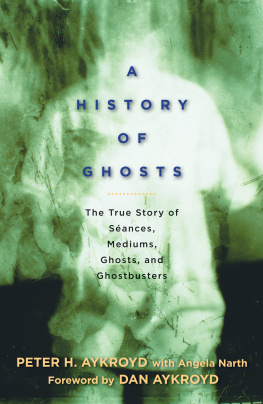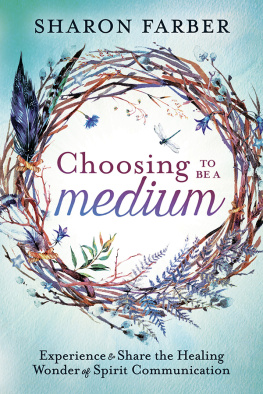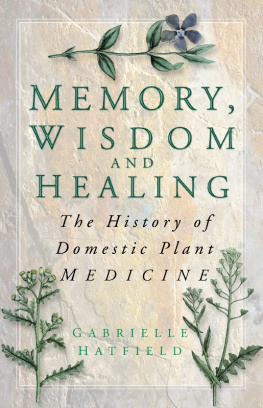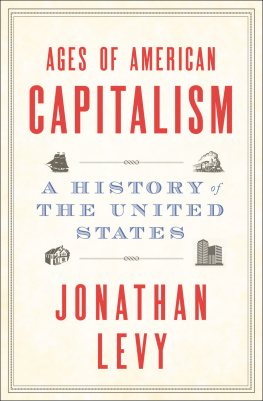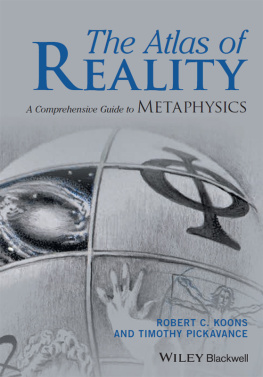ENCHANTED GROUND
ENCHANTED GROUND
The Spirit Room of Jonathan Koons
Sharon Hatfield
SWALLOW PRESS
ATHENS, OHIO
Swallow Press
An imprint of Ohio University Press, Athens, Ohio 45701
ohioswallow.com
2018 by Sharon Hatfield
All rights reserved
To obtain permission to quote, reprint, or otherwise reproduce or distribute material from Swallow Press / Ohio University Press publications, please contact our rights and permissions department at (740) 593-1154 or (740) 593-4536 (fax).
Printed in the United States of America
Swallow Press / Ohio University Press books are printed on acid-free paper 
28 27 26 25 24 23 22 21 20 19 18 5 4 3 2 1
Hardcover ISBN 978-0-8040-1208-9
Electronic ISBN 978-0-8040-4096-9
Library of Congress Cataloging-in-Publication Data available upon request.
A NOTE ON SOURCES
Spelling and punctuation varied widely during the mid-nineteenth century, especially the spelling of proper names. The quotations from original sources used in this book transcribe the original spelling, punctuation, and grammar. In some passages the author has inserted clarifying information in brackets.
For Jack
The Messiah taught the doctrine of peace, love, goodwill and forgiveness to all mankind in general; which of itself was sufficient for Christians without the brimstone.
Jonathan Koons, Truth Seekers Feast
We remained there till Sunday morning, and then, on foot, we took up the line of march towards the enchanted ground. We ascended the hills, which are piled one upon another, to a fearful and dizzy height. It seemed to me that we were travelling quite away from the earth sphere. About 11 oclock, on Sunday, the 26th, we arrived at Mr. Koons, a farm house, situate upon a small farm, among these everlasting hills.
A pilgrim, circa 1855, in T. L. Nichols, Religions of the World
Koons took no fees. Indeed, he generously housed and fed the visitors from a distance. The reader may construct his own psychology of the matter.
Joseph McCabe, Spiritualism; A Popular History from 1847
Amiable and beloved Father farewell not on this perishing stone, but in the book of life and in the hearts of thy afflicted family is thy worth recorded.
Inscription on gravestone of Cyrus S. Hughes, nephew of Jonathan Koons
Contents
Illustrations
GALLERY ONE
GALLERY TWO
GALLERY THREE
Preface
When I moved to Athens, Ohio, in 1985, I had no idea that one day I would explore what a nineteenth-century commentator has called the weird celebrity of the place. As a new arrival from my native Virginia, I thought it was a just a picturesque, progressive city where I would eventually earn a masters degree in journalism from Ohio University. Only in 2010, as an author and longtime Athens County resident, did I turn to explore the deeper history of my adopted home. That was when I settled on researching the medium Jonathan Koons, a life that continues to intrigue me even after several years.
I had first learned of Koons through the local newspapers while in graduate school. Around Halloween time he would dutifully take his place in a recap of Athens Countys spooky storieshaunted cemeteries linked by a pentagram, the abandoned insane asylum overlooking the city of Athens, and of course his own dark sances where ghostly musicians played and instruments floated about the room. But in those pre-internet days I could scarcely imagine that Athens would eventually gain notice online as one of the most haunted places in the United States. Not until I began my recent study did I learn of Koonss contribution to the mystiquesome would say superstitionthat has attached itself to the area. For he drew hundreds, perhaps thousands, of people to Athens County in the 1850s with the promise of reconnecting them with dead loved ones, thus putting the locale on the map of the spiritualist press. It was from the rocks and foreststhe very landscape itselfthat psychic forces were able to gather strength, or so the theory went. This idea has persisted for at least 165 yearsand perhaps much longer, if one considers legends about Native Americans in this place.
Yet Jonathan Koons has no mention in the standard history books of Athens County, Ohio; he lives on mostly through oral tradition. Not surprisingly, that tradition has reshuffled facts even as it has enlarged certain themes and diminished others, memorializing yet obscuring the person who lived here. Whats more, the story of Koonss wife, Abigail Bishop Koons, is a wisp of smoke compared to that of her husband, not due to any lack on her part but the sheer fact that the nineteenth century was indeed a mans world in which womens lives were seldom detailedor their names even mentionedin published sources. From the scraps of information available, it is clear that Abigail and Jonathan were full partners as together they explored the counterculture of their time.
When I began looking into the Koons story, I thought I would be writing a book about psychic abilitiestraits that the Koons family was said to possess. I thought I would use my journalistic skills and the latest research to find out exactly what was genuine and what was false about the Koons phenomena. But I soon realized that the story was as much, or more, about the power of ritual and belief than about an actual physical reality. Some visitors to the Koons sances reported transformative encounters, whether their perceptions were real or not. For that reason I do not presume to judge the validity of the religious experiences reported in this book. To avoid a ponderous writing style, I decided not to overuse qualifiers such as purportedly and supposedly in every account of what visitors to the Koons sances saw or heard. I invite readers to enter the sphere of the nineteenth-century spiritualists and look at the world the way they saw itplayful, mysterious, and ultimately kind.
* * *
IN his fine book Wonder Shows, Fred Nadis makes the provocative statement that every historical study is a veiled autobiography. Although that maxim may not be uniformly applicable, it resonates for me. I have always been attracted to mysteries large and small. As a child and enthusiastic member of the Nancy Drew book club, I was transported to a world where fictional mysteries unfolded like clockwork in old hotels, larkspur lanes, and hidden staircases. In the real world I wondered who had made the arrowheads that farmers routinely plowed up from the fields around our home. As I began to study science, more curiosities presented themselves: the dark side of the moon, the stars, the dinosaurs, Mendels peas, and Schrodingers catand I wondered what future discoveries might reveal about the cosmos. I even dreamed of becoming a scientist myself.
But mysteries of the supernatural resided in a category all their own. I waited in rapt anticipation for my grandma to open the book of Grimms fairy tales and begin to read. I shivered as other relatives told of a headless horseman patrolling a lonesome hollow in our neighborhood. Such flights of imagination led me to speculate on what magical creatures might dwell in the misty folds of Cumberland Mountain, whose high rocky rim dominated the landscape of my youth. And in church we learned of magical feats such as walking on water or through fire, how Gideons fleece changed from dry to wet, and why the hand wrote on Belshazzars wall. The difference was that these stories, unlike Hansel and Gretel, were believed to be literally true.
Over fifty years later I am still as interested in mysteries as I was back thenboth of a scientific and metaphysical kind. I have gained much comfort, and perhaps some insight, from reading the works of poets, philosophers, scientists, and assorted radical thinkers. As a young child I had feelings of dj vu that I could not really articulate, but years later I instantly recognized them in Wordsworths verse from 160 years before:
Next page


